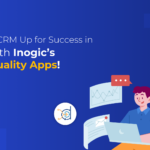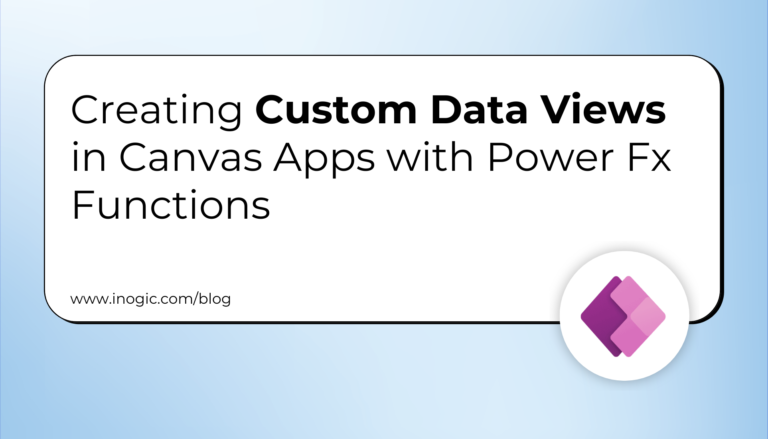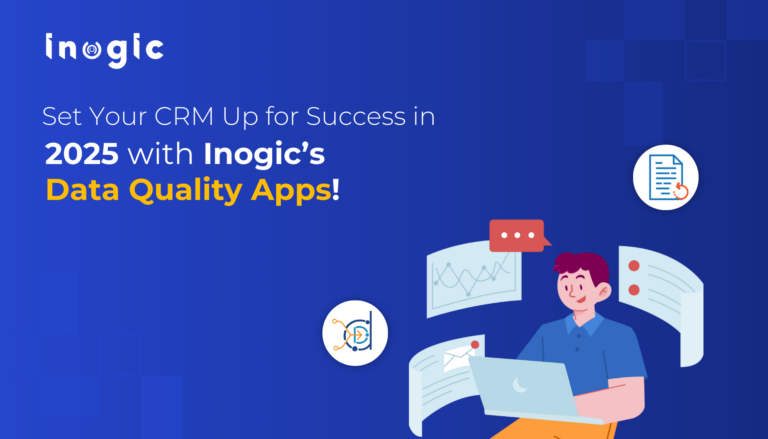Click here for part 1 of this blog.
Building an ecosystem for thriving customer-driven relationships is a two-step process. The first step is honing a strategy and org structure that can support seamless handoffs between your internal departments no matter where the customer is in their journey. The second is having the data foundation in place to engage with your audience on a 1:1 level and deliver what they need, when they need it. That hasn’t been easy as businesses adjust to new cutting-edge marketing products and capabilities.
You know the drill: you get a new marketing platform, try it for a year or two and then swap it for something else. Yes, there can be benefits to chasing the latest technology. But the persistent problem is employees spend between 25 to 40% of their time managing how these new technologies are used and how they communicate with each other. None of us can afford this kind of inefficiency.
The speed and diversity of innovation within the marketing technology space is constantly amping up, and brands are keen to adopt the latest innovations to connect with their customers. But marketing departments are starting to see a high degree of complexity in getting all of their tools to work together.
For example, with a mixed technology stack you often have to hire data integration specialists or external partners, which is a big cost. You put in time and effort getting the tech to work, but it all has different data schemes and UX. That’s like trying to translate different languages. There’s also the issue of employees who become experts in the new platform but then leave for another job, which leaves a big hole (not to mention more budget needed to train new people). This has been a problem for decades, and it’s something I hear about a lot from people I meet.
So how do you get on the right path? The first thing you need is a strong data foundation. All your customer data needs to be in one place, and it has to be easy for non-IT employees to access. A lot of companies have tried to solve this with a customer data platform (CDP). But while all the data can be brought together in a CDP, it also creates one more silo and also doesn’t fully serve the customer. The organizations that will truly benefit are ones in which marketing data is connected across the entire ecosystem of the business.
This data foundation is critical because if you’re isolating your data for marketing, then the handoffs to other lines of business become harder, if not impossible. The business needs a centralized view of the customer in order to deliver across channels and lines of business. This is especially true with AI models, which require context to make decisions. Independently siloed data doesn’t provide context to the models.
Let’s take a look at how Salesforce Marketing Cloud and Data Cloud solve these issues.
How Salesforce Marketing Cloud can help your customer-driven relationships
According to Salesforce’s State of Marketing report, marketers use an average of eight different tools and technologies – and that’s just within their own department. It can be hard enough to consolidate data within one team, but doing it across departments is near impossible.
Where this hurts the organization – and ultimately the end customer – is when marketers try to deploy cross-channel personalization. Even high performers are only using personalization in six channels, with underperformers personalizing across three channels.
Activating data – ensuring it’s usable and built into your automations and workflows – is the key to better relationship marketing. With this approach, you don’t leave any data behind. However a customer engages with your brand, across channels and departments, provides context to a marketing’s next message.
Think about a customer filing a complaint with your service department as you plan to send them a promotional message later today. Wouldn’t it be great for you and the customer if your engagement platform withheld that ad based on information from an up-to-date data layer?
You can build this foundation for long-term customer relationships and bring all your departments together with Marketing Cloud. Here are a few ways:
- Hyper-personalized content and conversations based on consent – such as an email with imagery of the person’s city and copy that speaks to their individual interests and engagement history.
- Frictionless customer experiences across channels, including service or sales engagements, with personalized onboarding tips based on their product usage, or a proactive offer to schedule a routine checkup or refill a frequently placed order.
- Any brand representative can quickly access customers’ transactional and behavioral data to create new insights, build smarter segments, and power rich personalization. This helps them be more productive since they don’t have to depend on the IT department to access it.
- In addition to data from interactions with your company’s various departments, you can use first-party data from loyalty programs and interactions from mobile apps to identify intent and address unmet customer needs.
- Data Cloud helps you connect with customers better with a common view of data that’s actionable across marketing, commerce, sales and customer service. Marketing can create leads, demand, and awareness and then seamlessly connect with other departments.
Every interaction feeds back to the single view of the customer in Data Cloud and powers the next best offer recommendation, whether that’s in the inbox, on your site, or in a two-way conversation happening over chat, phone, or in a physical location. It’s a continuous and seamless process powered by automation.
We are in a new age of data and AI that promises next-level ways to engage your customers. Yes, there will be obstacles along the way as we navigate (constant) change. But once your customer-driven relationship strategies are sound and your company’s data foundation is concrete, the result will be a seamless and productive experience for both your internal teams and customers alike.
How Data Cloud saves you time and money
Learn how you can make your marketing more efficient by using AI to optimize campaign performance and spend.









